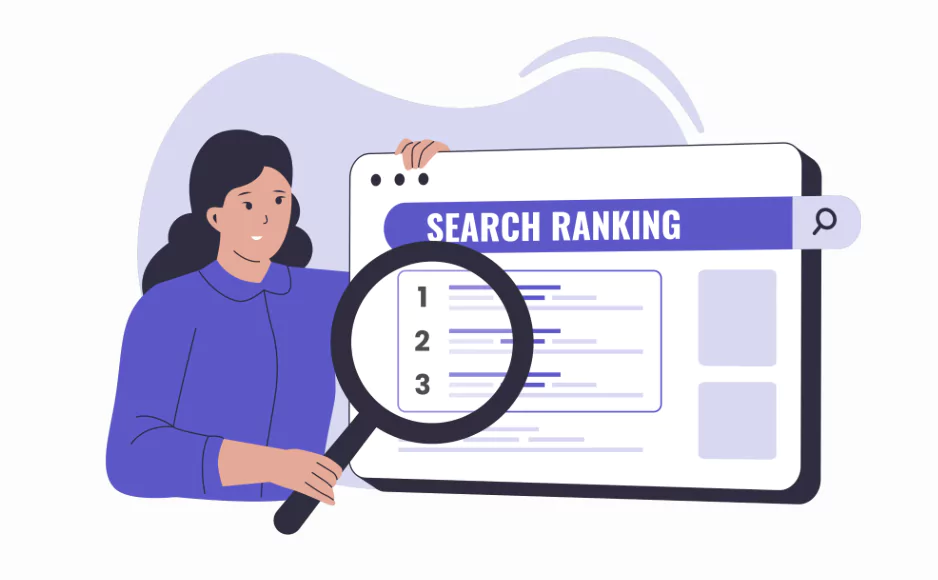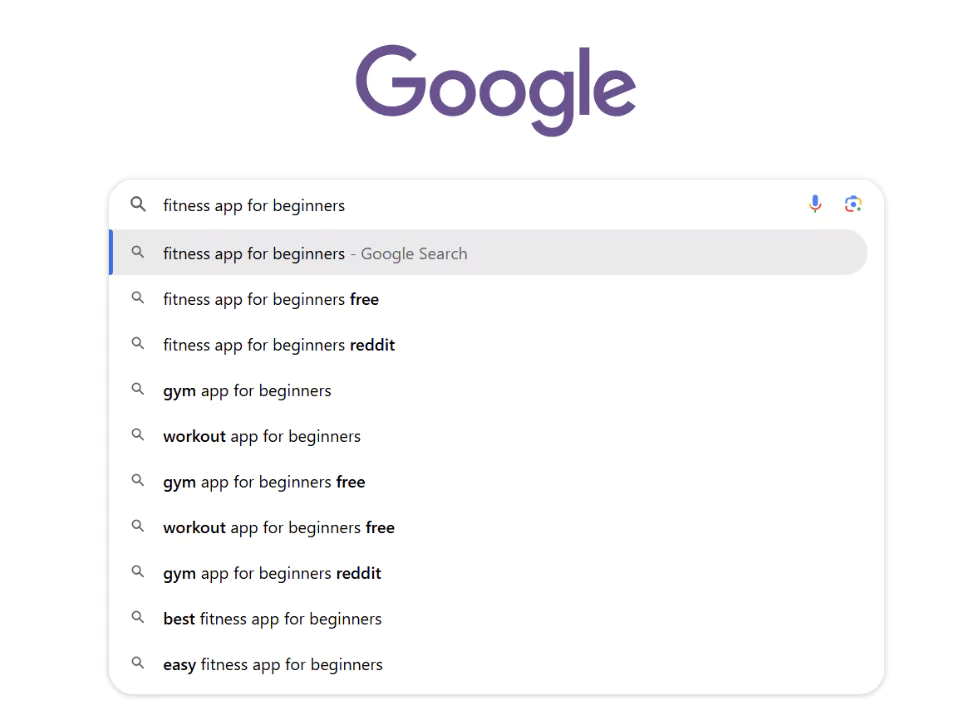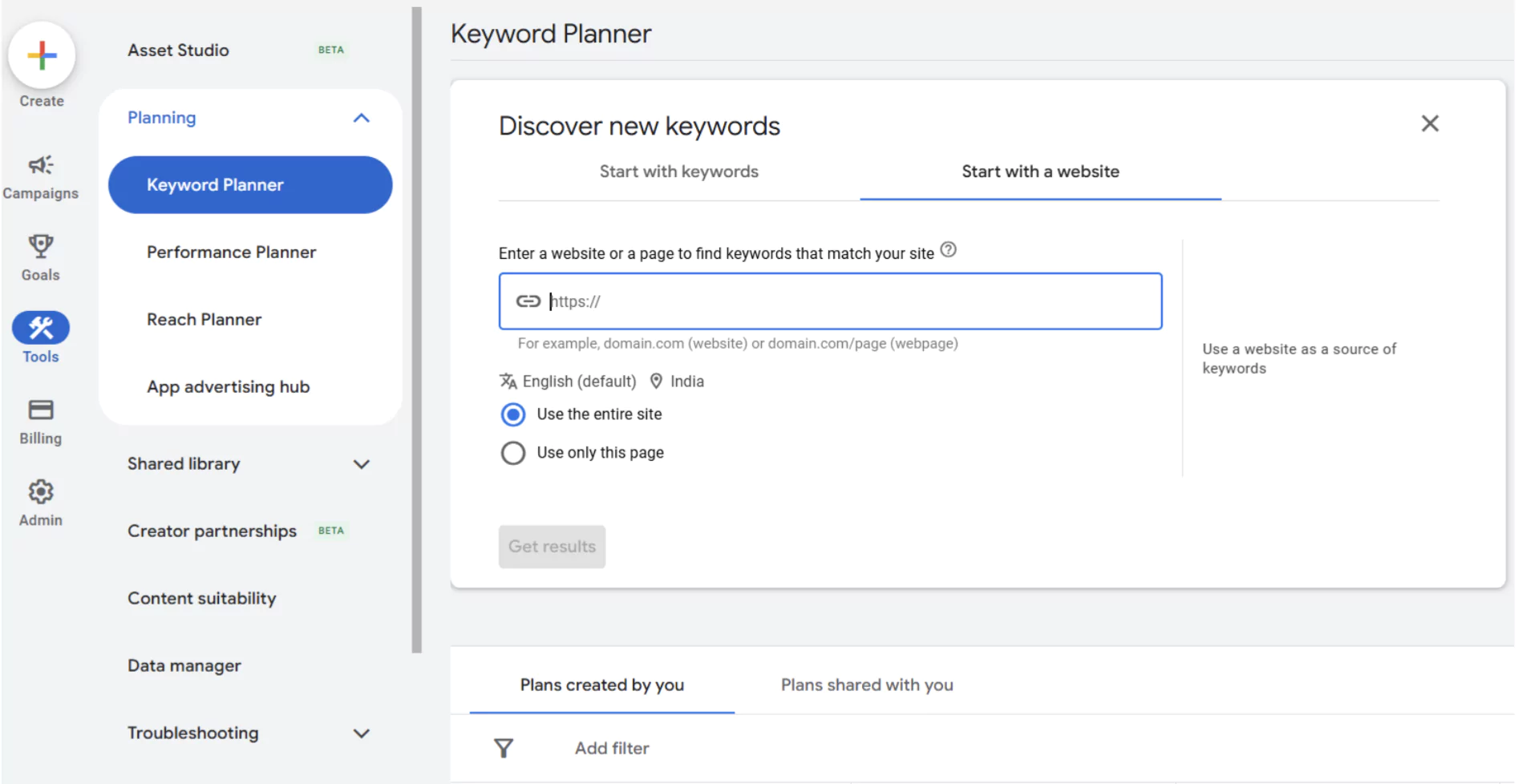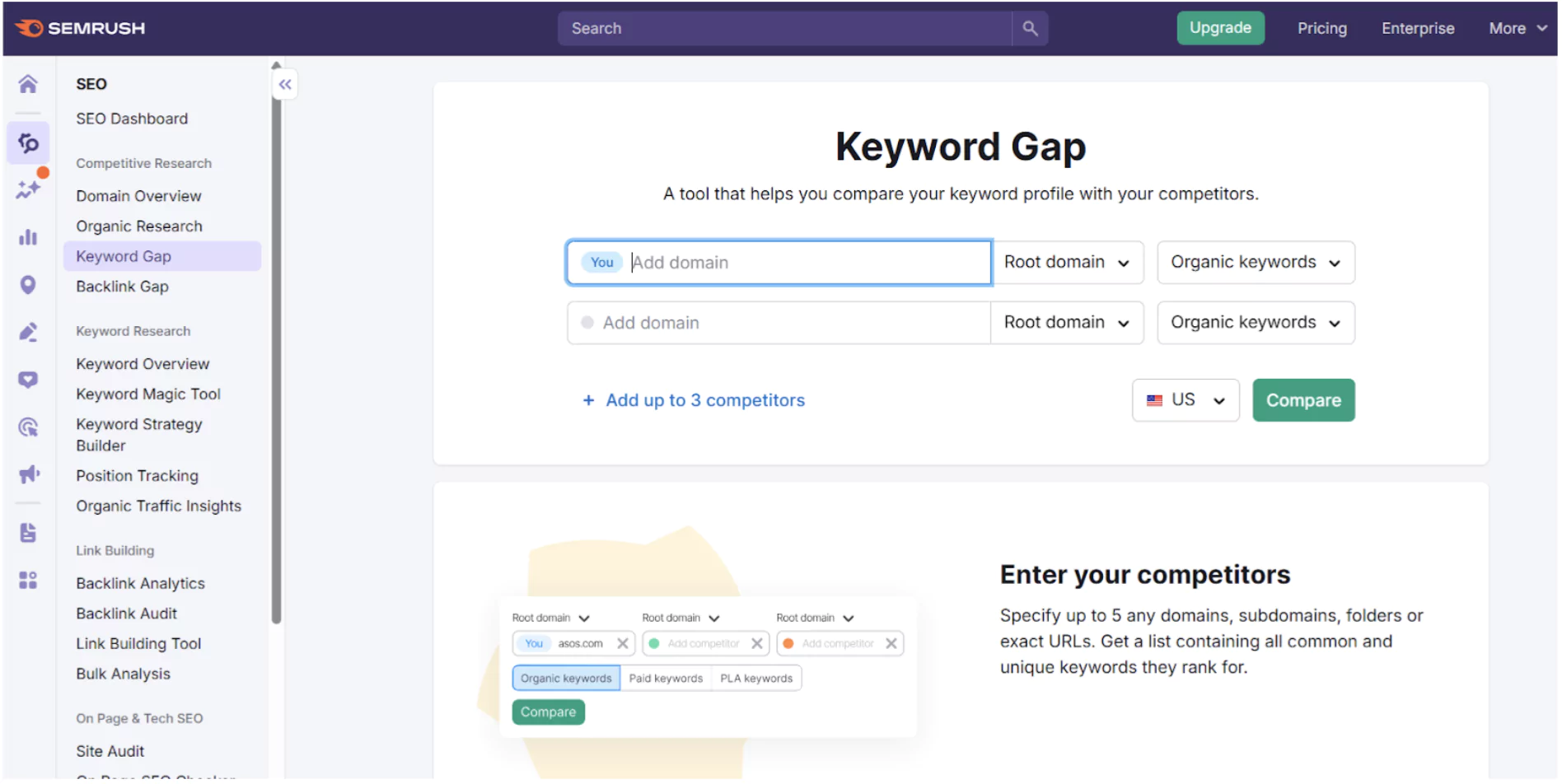Keyword Gap analysis is something you need to tap if you are falling far behind in case of organic traffic and engagement. To improve your SEO strategy and ranking, it is important that you focus on finding what your competitors are doing and what’s making them stay ahead of you. If you manage to find this out, you’ll be the one staying ahead of them.
Here, we will learn what a keyword gap is, why it is important, how to spot the gap, and bridge it. Read along and follow the step-by-step guide to stay ahead of your competitors and improve your search engine visibility by targeting the right and missing keywords.
What Is Keyword Gap?
A keyword gap is the gap between the keywords that you and your competitors target. It includes a set of keywords that your competitors are targeting but you aren’t. Finding keyword gaps helps you to understand where you are falling short, it allows you to perform better than your competitors and stay ahead of them.
You can easily identify why and where your competitors are hitting a chance that you’re missing to rank high. By doing so, you will be able to improve your overall SEO rankings and visibility on the search engine result pages.
What Is Keyword Gap Analysis?
Keyword gap analysis is the comparison between the keywords your website ranks for and the ones your competitors rank. The keyword gap analysis helps you to find keyword opportunities that your competitors are already using.

It reveals the gaps in your and your competitor’s strategy. Therefore, it is called Keyword Gap Analysis. Without proper SEO, it is impossible to rank in today’s competitive space. If you want to stay ahead of your competitors and drive traffic, it is essential that you perform a keyword gap analysis and analyse what your competitors are targeting that you aren’t.
Why Is Keyword Gap Analysis Important?
Keyword Gap Analysis helps to find valuable keywords that you might’ve missed but your competitor didn’t. It helps you to find which potential keywords you can target to get ahead of your competitors.
Keyword gap analysis helps you to boost visibility, find new opportunities, and improve your overall SEO strategy. It helps you to clear your mind and understand what should be your priority at the moment. You get a clear picture of what to focus on, which content to work on, and what to do.
It even helps to cover the information in detail, so your readers get the answers they’re looking for. And this is exactly what a website owner and search engines like Google want. Have a look at some of the main reasons why Keyword Gap Analysis is important.
- Find opportunities: Keyword gap analysis helps you to look for content opportunities that you might’ve missed, but your competitors didn’t.
- Boosts search visibility: It also helps in improving the search visibility of your content by targeting the right keywords.
- Helps to prioritize tasks: The analysis helps you to understand what’s missing and what you should work on.
- Improves SEO: It also enhances the overall SEO strategy of your website.
How To Find A Keyword Gap?
The main step comes now. After you’ve understood what a keyword gap analysis is, it is important to know how it is actually performed. Follow the steps below, and you’ll no longer be away from outperforming your competitors.
1. Find your competitors
Finding your competitors is the first and most important step in the process of keyword gap analysis. Without competitors, a keyword gap analysis can’t be performed. Make sure to select at least 2 to 3 competitors with organic rankings in the same niche as you.
Let’s understand this with the help of an example. Let’s suppose you have a fitness tracking app. To find your competitors, you can simply visit Google and search for any of the following phrases:
- Fitness app for beginners
- Fitness apps for women
- Workout app with meal plans
You can also take the help of Google Autocomplete to search for competitors by various phrases it provides. You can create a list of the top-ranking pages for these queries, but make sure to include only the organic competitors and avoid the paid search results (sponsored).

2. Identify Keyword Gaps
After selecting your competitors, the next step is to analyse which keywords your competitors are targeting but you aren’t. You can use free tools like Google Keyword Planner to find new keywords and identify keyword gaps. Let’s check how you can use Google Keyword Planner to identify keyword gaps.
- Visit the official website of Google Keyword Planner and sign in using your Google Ads account. (Having a Google Ads account is mandatory for using Google Keyword Planner)
- Click on ‘Tools’ in the left sidebar, click on ‘planning’, and select keyword planner.

- Click on ‘Discover new Keywords’ and enter the URL of your competitor’s website. This will give you a list of keywords that your competitors are using and ranking for.

You can also take help from various other tools available online, like Semrush. Visit the official website of Semrush, navigate to the Keyword Gap tool. Here, you can enter your domain and your competitor’s domain (up to 4) to get a report of how your keywords overlap with your competitors, along with your top opportunities.
How To Bridge The Keyword Gap?
After finding the keyword gaps, it is essential that you analyse these gaps and focus on segregating the ones that are relevant to you. Follow the steps, bridge the keyword gap, and improve your chances of getting ranked.
1. Prioritize Relevant Keywords
Whichever tool you use to find keyword gaps, prioritizing relevant keywords is a must. You need to filter and create a separate list of all the keywords that are relevant to you and must be prioritized. You can prioritize the keywords for their relevance based on the following factors:
- Search Volume: It refers to the number of people searching for a keyword per month. (the higher, the better)
- Keyword Difficulty: It defines how difficult it is to rank for a given keyword. (the lower, the better)
- Traffic Potential: It is the estimated number of visitors a website can attract.
- Business Potential: It means how relevant the keyword is to your business.
You must target keywords with traffic potential that are not too difficult to rank (low keyword difficulty) and have business potential.
2. Group Keywords into Clusters
Keyword clustering refers to the grouping of keywords based on the user’s intent and content relevancy. This helps to avoid keyword cannibalization and allows you to create one page instead of creating several.
The best method is to maintain a separate spreadsheet for your keyword research to make the final grouping easier. For keyword clustering, you have to understand the different types of search intent.
- Informational: It is when the user wants to gather information and learn about a topic, product, or service.
- Navigational: When the user is sure which website he/she want to visit.
- Transactional: When the user has the intent to buy something.
- Commercial: The user is interested in making a purchase, but goes through research and compares different products and services.
Now, group the keywords based on their intent and SERP similarity. SERP similarity means the overlap between the search results for two or more keywords. Therefore, it is a bad idea to mix the SERP similarities.
3. Create Good-Quality Content
![]()
Keywords are indeed an important factor that decides the rankings, but if your content is not appropriate, lacks quality, then you won’t be able to perform well on search engines like Google.
You must always keep in mind that you are writing the content for the people and not for search engines. Make your content detailed, informational, and with the intention to genuinely help users. For better results, you have to ensure that your keyword is included in the following places.
- Meta Title and Description
- Headings
- URL
- Body Content
4. Track the performance of your Content
Your work does not end after publishing content. You have to constantly track your performance and make necessary changes as and when required. You can add, change, and optimize keywords according to the changing trends.
You might have a thought about why it is so important to track performance even after performing so many steps, from researching keywords, finding keyword gaps, to publishing content with proper keyword integration. Well, it is important so that your content does not get outdated. It is important for you to make updates to upgrade the rankings.
But the main question that arises is how to know which piece of content should be updated? So, you can use Google Search Console (GSC) to solve this problem. Go to Google Search Console, filter your pages by impressions, CTR, average position, etc. Now, compare the performance of your content and look for traffic drops. If you notice a traffic drop on any page, pick that, some updates might help you there.
Learn Digital Marketing with PW Skills
Build strong aspects of digital marketing skills along with the complete knoweldge of digital marketing with all in one Digital Marketing Course offered by PW Skills. This course will take you through the latest curriculum based on industry practices along with real world projects, practice exercises, and more.
If you are someone who is looking to build their career in various roles in digital marketing, then this course is all you need. No matter if you are a job seeker, a working professional looking for a switch, or an entrepreneur longing for knowledge.
Looking for More?
- Get industry-led live sessions with professionals in digital marketing
- Build a fully job-optimised project portfolio which demonstrates your skills, and strengthen it with projects.
- Get opportunities for full-time jobs or freelance clients for different digital marketing tasks.
- Build freelance copywriting skills with our dedicated mentors and interactive contents
- Get personalised career assistance to prepare for interviews and land your dream job
- Get industry recognised certifications from PW Skills
- Enhance your job readiness with practical skills and expert career guidance.
Keyword Gap FAQs
Q1. What is a keyword gap?
Ans: A keyword gap is the difference between the keywords you and your competitors are targeting. It includes the keywords that your competitor websites are targeting, but you are not.
Q2. How to find keyword gaps?
Ans: To find keyword gaps, first of all, select your competitors (at least 2 to 3), then use tools like Google Keyword Planner or Semrush to find the keywords your competitors are targeting, which you are not.
Q3. What is the difference between keyword research, keyword gap, and keyword gap analysis?
Ans: All three terms have different meanings and purposes, let’s find out.
1. Keyword Research: It is the process of finding the best (high-volume, low difficulty) keyword for your content.
2. Keyword Gap: It refers to a set of keywords that your competitors are targeting but you aren’t.
3. Keyword Gap Analysis: It is the process of finding and analysing the keyword gap.
Q4. How to prioritize keywords to fill keyword gaps?
Ans: You can focus on prioritizing the keywords with:
1. High search volume
2. Low keyword difficulty
3. Strong relevance to your business
4. Traffic potential

